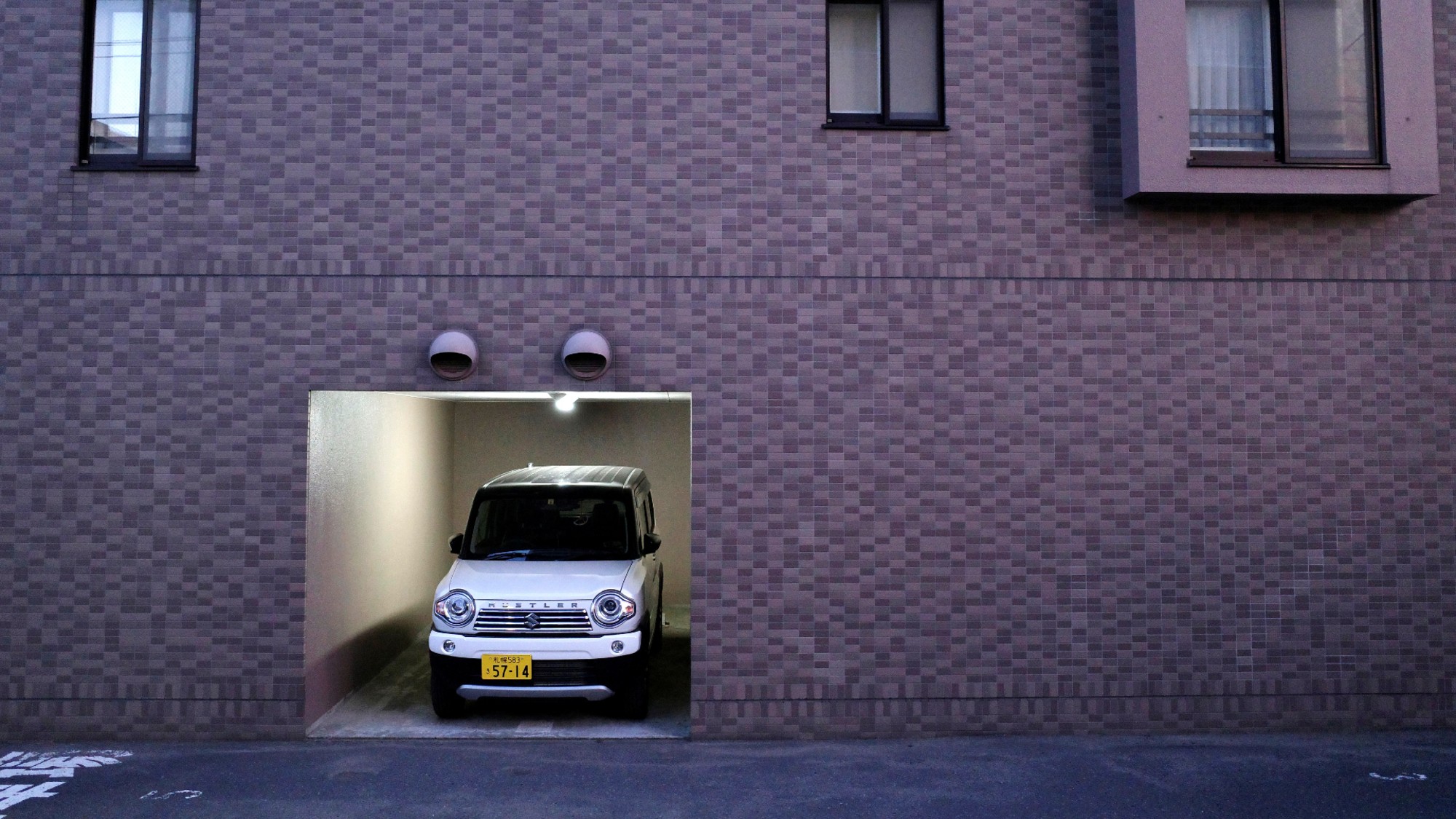Coming soon to an airplane near you: A less sleepy pilot
Thanks, FAA!


It won't be much solace for airline passengers caught up in weather delays or other disruptions, but when they finally get back into the air, their pilots should be considerably more rested under new rules that went into effect January 1.
Over the last year, the FAA has executed one of its most far-ranging rewrites of the way pilots get hired and carry out their duties, including a revamp of hiring practices, training mandates, and starting in 2014, pilot rest rules.
All of these changes stem in part from the investigation of the February 2009 crash of Colgan Air flight 3407, which found that the pilot or co-pilot had flunked training tests, were under-trained, and fatigued.
The Week
Escape your echo chamber. Get the facts behind the news, plus analysis from multiple perspectives.

Sign up for The Week's Free Newsletters
From our morning news briefing to a weekly Good News Newsletter, get the best of The Week delivered directly to your inbox.
From our morning news briefing to a weekly Good News Newsletter, get the best of The Week delivered directly to your inbox.
Under the new FAA rules on pilot rest that went into effect in the last few days, pilots can be on duty for a maximum of 9 to 14 hours (reduced from 16) and fly the aircraft for 8 or 9 hours, depending on the time of day, without waiving the rule, which had been the norm.
In addition, pilots are required to have 30 hours of rest without interruption in a seven-day period, and 10 hours off duty before flying again (up from the previous 8 hours off in the prior 24-hour period).
The Wall Street Journal queried airlines about the far-reaching changes, and found that United has been hiring 60 to 100 pilots per month to cope with the changes and deal with retirements, and will staff a new desk in its operations center during disruptions; California-based Virgin America has created an East Coast pilot crew to comply with the rules; and regional airlines, already coping with pilot shortages because of FAA training-requirement changes, have boosted their ranks by 5 percent to meet the new rest rules' requirements.
JetBlue, meanwhile, has equipped pilots' iPads with crew-tracking software.
A free daily email with the biggest news stories of the day – and the best features from TheWeek.com
Virgin America, according to the Wall Street Journal, points to the impact of the new rules in the hypothetical case of a JFK-San Francisco flight being diverted to Denver because of a sick passenger.
In such a scenario, the passengers would have to wait for a new crew to arrive because the added 2.5 hours it would take to fly onward to SFO would put the pilots over the maximum time allowed behind the aircraft's controls.
Southwest likewise told the Wall Street Journal that because of its point-to-point itineraries and paucity of reserve pilots, its flights, too, would have to await the arrival of new crews if there were any disruptions, and pilots exceeded the rest and duty rules.
In another change to the way pilots work, they will have to sign off that they are fit to fly before each flight. Previously, there was no such signature requirement.
While enhancing the probability that pilots won't be groggy or falling asleep when they are operating the aircraft, pilots may have some additional work to do in keeping tabs on their hours.
More from Skift...
-
 Russia’s ‘weird’ campaign to boost its birth rate
Russia’s ‘weird’ campaign to boost its birth rateUnder the Radar Demographic crisis spurs lawmakers to take increasingly desperate measures
-
 Could smaller cars bring down vehicle prices?
Could smaller cars bring down vehicle prices?Today’s Big Question Trump seems to think so, but experts aren’t so sure
-
 2025’s most notable new albums
2025’s most notable new albumsThe Week Recommends These were some of the finest releases of the past year